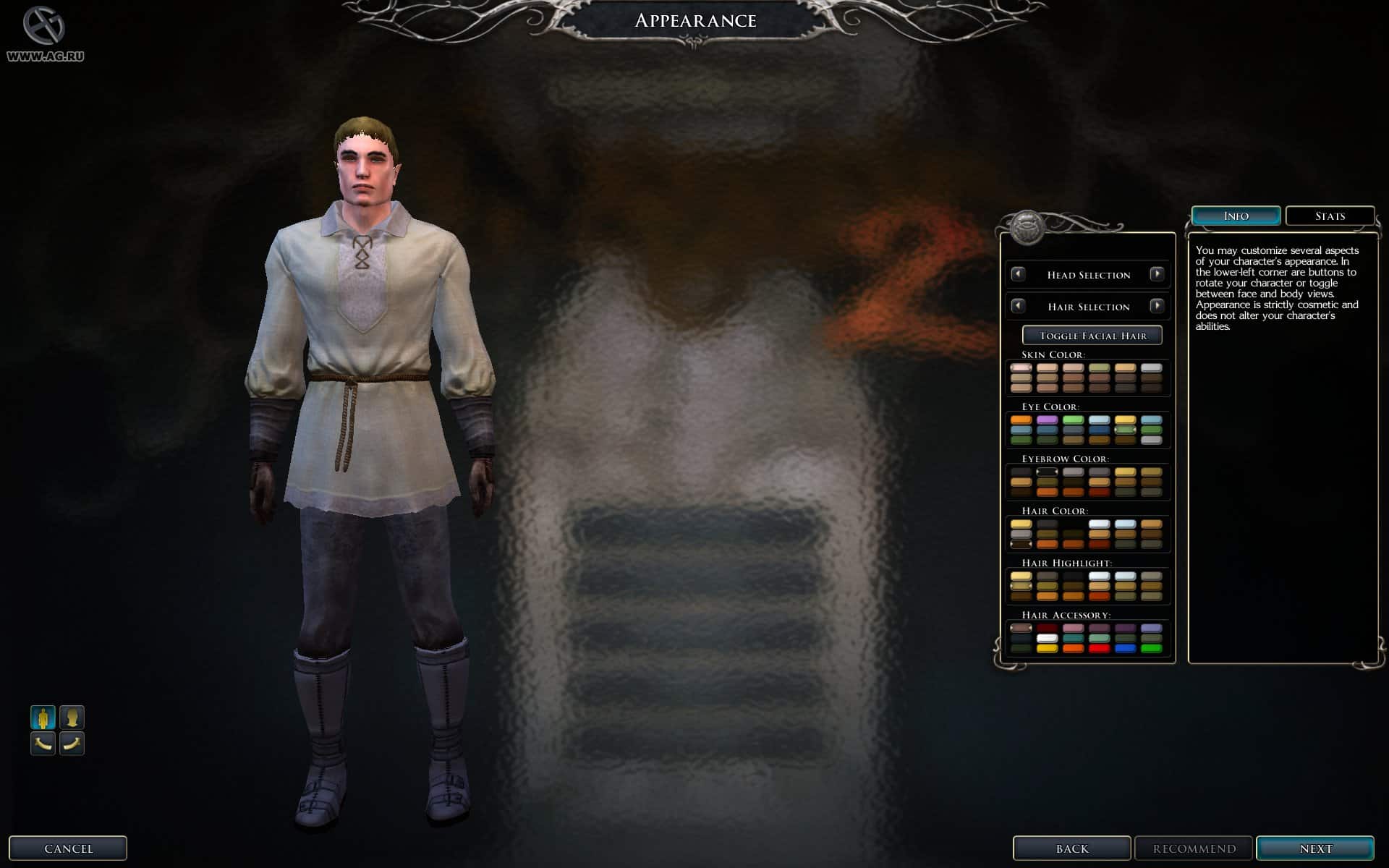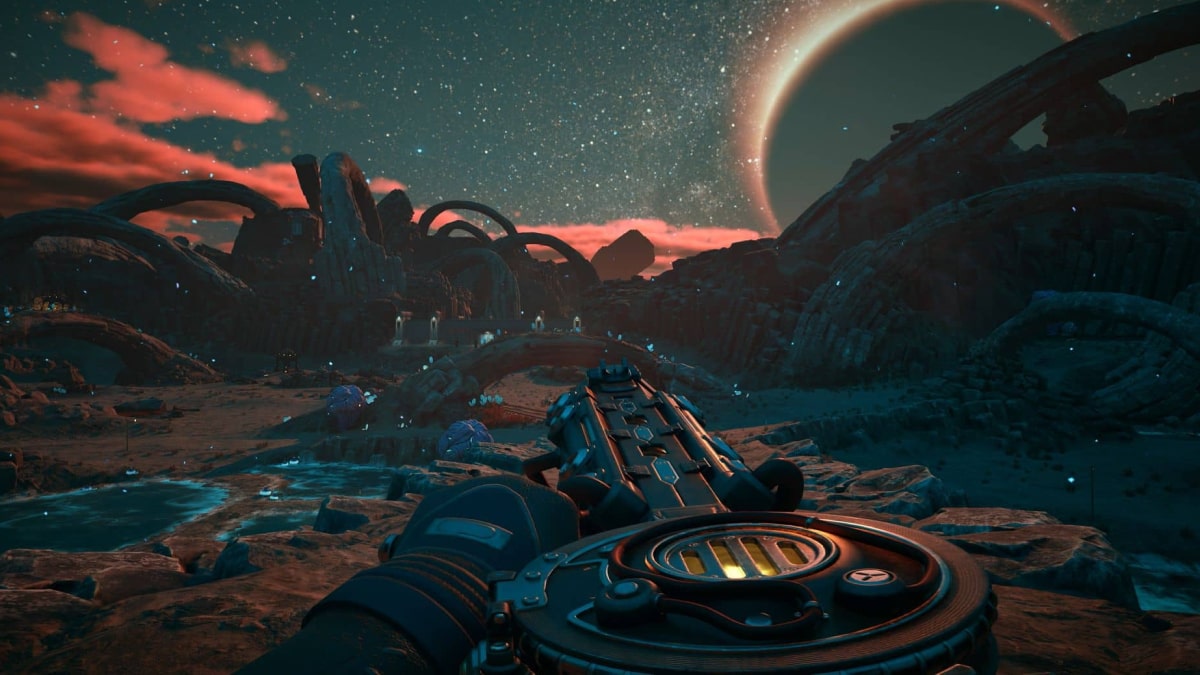You can trust VideoGamer. Our team of gaming experts spend hours testing and reviewing the latest games, to ensure you're reading the most comprehensive guide possible. Rest assured, all imagery and advice is unique and original. Check out how we test and review games here
It has been observed that I am, quite possibly, the most impatient man in the entire universe. If some poor hapless driver in front of me at a set of traffic lights takes five seconds too long to drop the clutch, such abuse will stream from my mouth that even on a rain-sodden, foggy day the air will turn decidedly blue. And pray that you never take a small trolley through a “basket only” queue in a supermarket in my presence. There is no defence against the torrent of bile that will be unleashed against you, and old age, infirmity or only having five items is not a sufficient excuse. So you can imagine my consternation while playing an RPG such as Neverwinter Nights 2, when it dares to make me wait over half a dozen hours before something really interesting happens.
Think about it: eight or ten hours is a longer time investment than you’d put into a lot of first-person shooters. Yet because Neverwinter Nights 2 is an RPG, and because RPG players expect a campaign game of forty hours or more, somehow making you wait a quarter of that time for things to really get interesting is somehow considered (by developers) to be acceptable. Well, it’s not. Though given Obsidian’s track record – both in their current guise and their previous incarnation as Black Isle – perhaps it’s not really a surprise that Neverwinter Nights 2 is a slow starter. Both KotOR 2 and Planescape: Torment took a good eight hours or so to build any real sense of intrigue and immersion. Here, though, there’s a real risk that the player may simply lose patience and go off to play something else; and that would be unfortunate, because once the story takes off, it really starts to soar. As game crimes go, keeping the player waiting ages for the story to kick off isn’t quite a capital offence, but it does smack of taking the expectations of your audience for granted, even if you are touting your game as an “action RPG” (i.e. where the story takes a back seat to the hacking and slashing).
The story (when it finally begins to tie together plot threads) is relatively straightforward, but nonetheless interesting for it. Your character is thrust (from a predictably humble origin) into the centre of a decades-old intrigue of magic, ambition, revenge and even extra-planar travel. The story revolves around silver shards – fragments of a Githyanki silver sword – shattered in a battle between a powerful wizard and the King of Shadows, long ago. After a mercifully short (and genuinely instructive) tutorial, the game starts with an all-out attack on your character’s village by gray dwarves, bladelings and a Githyanki wizard, intent on retrieving one of these lost shards. Once you have helped successfully repel the attack, you are tasked by your tight-lipped (and equally uptight) foster father to travel to the city of Neverwinter for aid. Once reaching Neverwinter, you then proceed (in true adventurer-style) to stick your nose into every single nook and cranny, doing anything and everything from shaking down the local merchants in Neverwinter Docks to fighting orcs in the mountains. But it’s only when the dastardly Luskans turn up (with a horde of demons in tow) that the story really starts building momentum.
In many ways, Neverwinter Nights 2 is a return to the traditional party-based RPG. While the prequel only allowed you to take on one henchman (and later a pair in the Hordes of the Underdark expansion), here you are allowed a maximum of three; plus animal companions, familiars and summoned creatures. Other (non-controllable) NPCs may join your party as well, so at times it can feel like you’re leading an army, rather than a cosy cohort. Your fellow party members are all well fleshed out as characters and some may even take dislikes to others: the Paladin Casavir, for example, will not take to Bishop, an evil Ranger, and pretty much everyone will hate the Gnome Bard Grobnar, for reasons best left for you to find out for yourself.
Each NPC has their own sub-quest, which can either be pursued or ignored at your own discretion. Though as these quests will yield valuable experience and allow you to gain influence over your companions (much like the system first seen in Obsidian’s KotOR 2), they’re definitely worth completing. The only real problem with the NPCs is that there are simply too many of them. Depending upon the class you take for your main character, you will quickly find the best combination of NPCs for you to party with, whereupon the rest simply become superfluous; other than on the rare occasions where you must take a certain NPC in your party. The game also restricts your access to certain areas according to how far you have progressed with the main plot, meaning that you never really feel that you have the time or the freedom to wander off on a tangent and tie up the sub-plots before returning to the campaign’s story thread (compared to a game like Baldur’s Gate, say).
On the subject of lack of freedom, the map areas feel small (more like KotOR in scale than the original Neverwinter Nights) and the overall level of interactivity is disappointingly low. This is exacerbated by the camera’s viewpoint, which now shows the action from much closer in, giving a claustrophobic feel, especially when in buildings or dungeons. Rather than enhance the visuals, it simply demonstrates that the Aurora engine is starting to show its age rather badly – despite a whole host of new special effects and revamped textures. The whole game feels rough around the edges, and characters look like they’ve had too much plastic surgery in cutscenes, with unnaturally shiny, tautly stretched skin. The vast majority of sound effects, player character voiceovers and music are reused from the original game too, which is a tad disappointing.
Perhaps most disconcerting, however, is what Obsidian has done to the game’s interface. The intuitive and elegant radial pop-up menu from the prequel has been replaced by a cumbersome context-sensitive menu that actually makes it harder to assign spells or abilities to your character’s taskbar and is a definite backwards step. Needing to drag the mouse while right-clicking to get the menu to appear at all is counter-intuitive and an annoyingly needless complication.
The more creatively-minded of you will probably be wondering about the bundled Aurora toolset. Like the game, these too have been “enhanced” – which is to say I found them even more unintuitive and hard to use than those supplied with the original version… So while you can make a complete game with these tools, given the struggle I had with the simplest of tasks such as choosing a tileset, setting area sizes and placing objects, I suspect very few people will. Not that this is a failing of the game; more a recognition of the fact that unless you’re a professional level designer these tools probably won’t be much use to you.
All this isn’t sounding too promising, but take heart, stoic adventurer. It’s not all bad. What is pleasing is the implementation of the AD&D 3.5 Edition ruleset, which is as near flawless as you would expect; though some of the differences in the game rules to 3.0 Edition will take some getting used to, particularly if you’ve ploughed your way through the prequel and its two expansion packs. A read of the manual is well advised before you spend 100,000 gold on a Belt of Agility +4 and realise with annoyance that its dexterity bonus will not stack with your Bracers of Dexterity +2… Another welcome addition is the wider range of playable races. The most notable additions are the Planetouched classes – Aasimar and Tiefling – but undoubtedly a more popular change with players will be that you can now play as an Elven sub-race with the correct attribute modifiers.
Before you all rush off to play as a Drow (and I know you will) bear in mind that the more powerful races require more experience to gain levels. The Drow level adjustment of +2 (i.e. a Drow Elf will reach Level 2 when a Human would reach Level 4) is quite an impediment at the beginning of the game – particularly when you remember their -2 penalty to Constitution… So don’t be afraid to nudge the difficulty down if you’re finding yourself short on hit points in the first few hours of the game. Playing as a Drow in particular will cause a few strong reactions from NPCs, particularly the dwarven weaponsmith in Port Llast. Having dialogue tailored to illicit reactions according to your race or your previous actions in the game is especially gratifying and helps give you a greater sense of immersion and continuity. Choices need to be made with consideration, as sometimes decisions may come back to haunt you; though sometimes having a shady reputation can actually smooth relations when dealing with the criminal underclasses.
So while the story takes an inordinate amount of time to get going, the skill with which the subsequent tale is woven and the first-rate characterisation of your companions and the major plot characters almost makes up for it. I say “almost”, because there’s one final thing that, when added to the interface issues and other niggles, really takes the edge off the game: quality control. Unfortunately, it’s not up to standard. I suffered some horrific bugs in Neverwinter Docks area, turning a routine “around the area” quest into a test of patience and endurance as misfiring script triggers caused repeated crashes to desktop and replays from save games that hadn’t been corrupted – sometimes losing up to an hour of playing time.
Also typical are bugs ranging from the amusing – such as the soles missing from boots (allowing you to see up inside your character’s leg) – to the downright infuriating; such as previously assigned spells randomly disappearing from a character’s spellbook. Worst of all was a bug during an area transition that replaced one of my companion NPCs with another’s familiar – meaning I no longer had a decent warrior in my party. This again could only be fixed by returning to a previous save game, meaning I had to repeat another hour’s worth of play. Bugs like this would test the patience of Gandhi, let alone that of a sweary Glaswegian like me. Like KotOR 2 before it, Neverwinter Nights 2 promises much without quite delivering its full potential. It’s a shame, as it could have been the Elminster of computerised AD&D games. Instead, it turned out to be Volo…

/https://oimg.videogamer.com/images/dda7/neverwinter_nights_2_83.jpg)
/https://oimg.videogamer.com/images/c31e/neverwinter_nights_2_94.jpg)
/https://oimg.videogamer.com/images/e5e6/neverwinter_nights_2_73.jpg)






